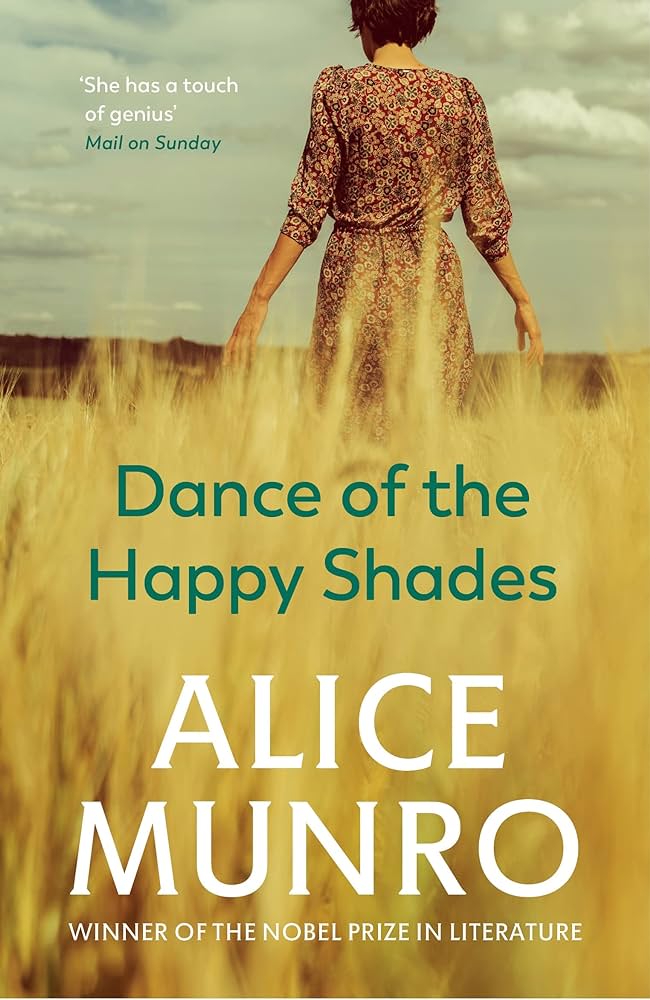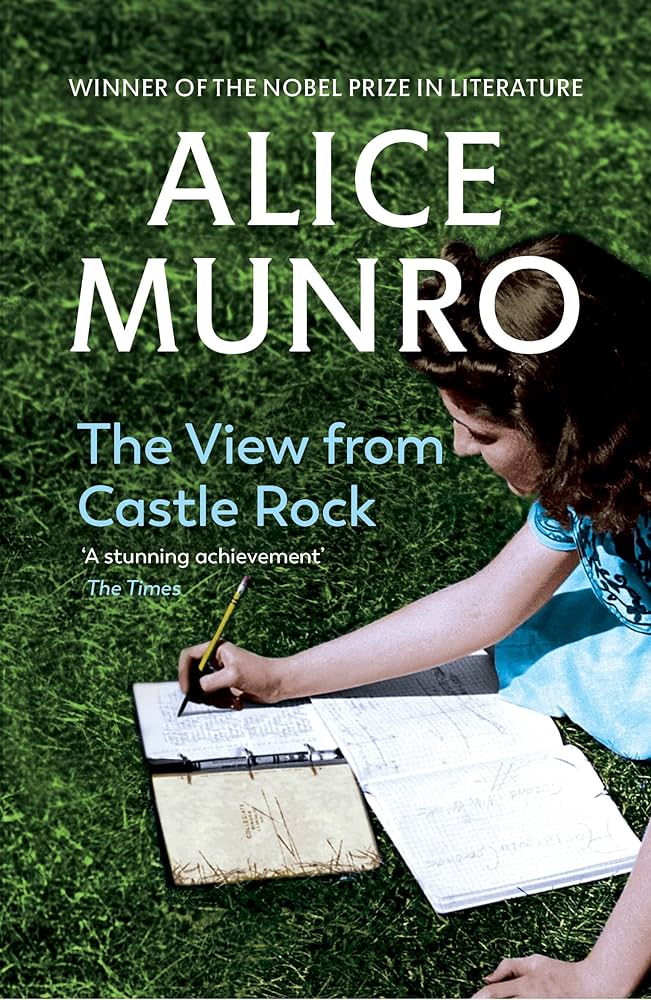Alice Munro, the prominent Canadian author considered one of the greatest writers for her short stories and other works, has passed away at the age of 92. Her family and publisher confirmed that she died at her residence in Port Hope, Ontario, on Monday evening.
“Alice Munro is a national treasure—a writer of enormous depth, empathy, and humanity whose work is read, admired, and cherished by readers throughout Canada and around the world. Alice’s writing inspired countless writers too, and her work leaves an indelible mark on our literary landscape.”
Kristin Cochrane, Penguin Random House CAnada CEO
“Alice Munro is a national treasure – a writer of enormous depth, empathy, and humanity whose work is read, admired, and cherished by readers throughout Canada and around the world,” Kristin Cochrane, the CEO of Penguin Random House Canada, said in a statement.
The Nobel committee called Munro a “master of contemporary short story”. She won the Nobel Prize for Literature in 2013, one year after she published her last ever collection titled “Dear Life.” Canadian Prime Minister Justin Trudeau called her one of the world’s “greatest storytellers”, while fellow Canadian author Margaret Atwood reminisced over their 45-year friendship.
Who was Alice Munro?
Alice Munro was a Canadian author renowned for her short stories. Born on July 10, 1931, in Wingham, Ontario, she was celebrated for her detailed storytelling and deep exploration of human relationships and emotions. Munro's work often focuses on the lives of women in small-town settings, capturing the complexity of their experiences with insight and empathy.
Munro received numerous awards and honours throughout her career, including the Nobel Prize in Literature in 2013, the Man Booker International Prize in 2009, and multiple Governor General's Awards. Some of her most notable collections include "Dance of the Happy Shades," "The Moons of Jupiter," "Runaway," and "Dear Life." Her stories were known for their nuanced characterisations and the ability to evoke profound emotions from everyday life events.
Best works by Alice Munro
Alice Munro’s best works are often considered to be her short story collections, as she is primarily known for this genre. Some of her most acclaimed works include:
- “Dance of the Happy Shades” (1968). This debut collection won the Governor General’s Award and established Munro as a significant voice in Canadian literature.
- “Lives of Girls and Women” (1971). Often described as a novel in the form of interconnected stories, this book explores the coming-of-age of a young girl in rural Ontario.
- “The Moons of Jupiter” (1982). A collection that delves into the complexities of family relationships and personal identity.
- “The Progress of Love” (1986). This collection won Munro her third Governor General’s Award and showcases her talent for exploring human emotions and relationships.
- “Friend of My Youth” (1990). A collection of stories that examines the lives of women and the choices they make.
- “Runaway” (2004). One of her most celebrated collections, “Runaway” contains stories that highlight Munro’s skill in character development and narrative structure.
- “The View from Castle Rock” (2006). A blend of fiction and family history, this collection traces Munro’s ancestry and its influence on her life and work.
- “Too Much Happiness” (2009). A collection that features stories about love, loss, and the unexpected turns in life.
- “Dear Life” (2012). Munro’s final collection before her retirement, containing stories that reflect on her own life and career, including a series of semi-autobiographical pieces. She won the Nobel Prize in 2013 following her retirement.
Read: Benjamin Zephaniah: 7 books and poems to remember legacy
- “The Beggar Maid” (1977). Munro revisits Rose’s narrative, tracing a trajectory strikingly similar to her own. From a bookish girl raised in the less privileged part of town, to earning a scholarship, navigating through an ill-fated first marriage, early motherhood, divorce, achieving creative acclaim and a degree of renown, and ultimately returning to the small town she once yearned to escape.
- “The Love of a Good Woman” (1996). We follow three boys as they return to their homes after discovering a man dead in his car. Each boy’s life is vividly depicted, showcasing their unique messiness and hidden shadows. Later that evening, one of the boys confides in his mother, prompting her to contact the police. Yet, this moment marks neither the conclusion nor truly the beginning of the tale.
- “The Bear Came Over the Mountain” (1999) . Grant and Fiona have shared years of marital bliss (discounting Grant’s numerous affairs – a product of his era). However, now in their seventies, Fiona grapples with dementia, prompting Grant to transition her into a residential care facility. Upon Grant’s return following the settling-in period, he discovers Fiona has ignited a youthful romance with another resident.
These works by Alice Munro showcase her exceptional ability to capture the nuances of human experience, making her one of the most respected and beloved writers in contemporary literature.
This article contains affiliate links via Bookshop.org in which we may receive a small commission at no extra cost to you, in order to support local bookshops. We have not been commissioned to review books and services.












[…] Read: Alice Munro: 12 famous works, short stories, and Nobel Prize book […]